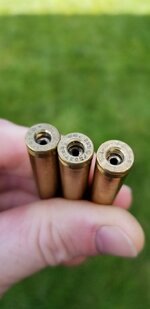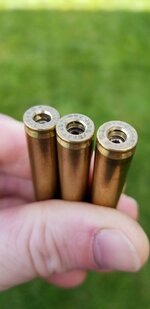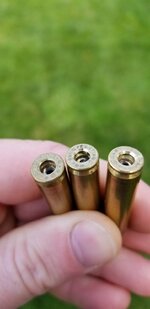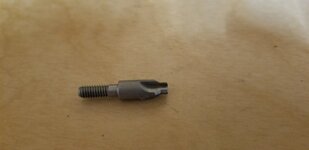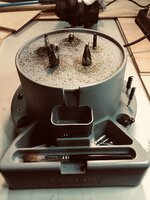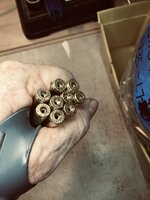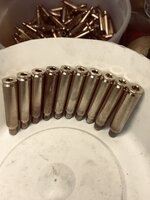I'm processing my first batch of .223 brass and got a hornady primer pocket reamer. Upon using it I noticed that it's reaming the side just a little as well as chamfering the edge. Before I go and possibly ruin over 1k rounds of brass what are your experienced thoughts on these pieces I already reamed.



